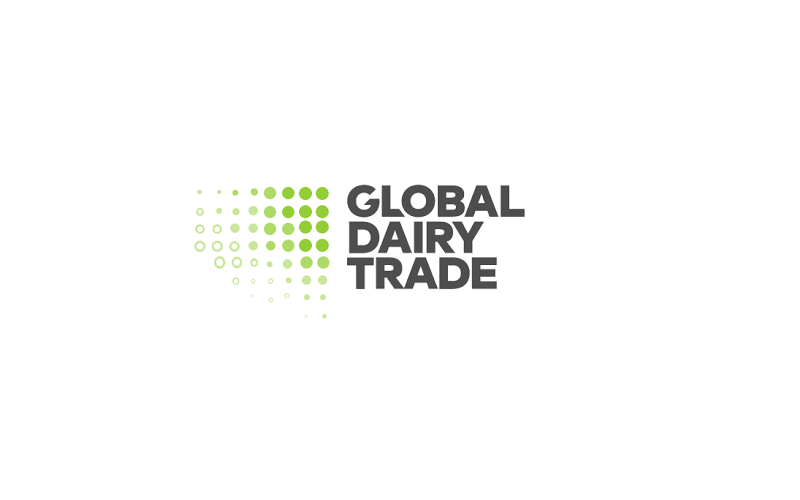Enhancing Milk Quality in Uganda: Innovations and Challenges in the Dairy Value Chain
Source: DairyNews.today
Over the past few decades, Uganda’s dairy sector has evolved from subsistence farming into a dynamic industry, supported by government initiatives, private investments, and technological advancements.

Despite this progress, one key challenge remains: establishing a robust market for high-quality milk. Addressing these quality concerns is critical for the long-term sustainability and competitiveness of the industry.
Challenges in Uganda's Dairy Value Chain
Uganda’s southwestern (SW) milk shed has experienced considerable growth due to investments in infrastructure, cattle breeding, and improved milk handling practices. However, a significant gap persists in creating a market that rewards higher quality raw milk. Unlike in countries such as India, where milk prices are tied to quality parameters like butterfat and solid non-fat (SNF) content, Uganda lacks a consistent system for measuring and rewarding milk quality at the production level.
Currently, most milk collection centers (MCCs) only conduct basic platform testing, such as using a lactometer for density and an alcohol test for freshness. This limited testing means high- and low-quality milk are often mixed in large tanks, resulting in uniform pricing that disincentivizes farmers and suppliers from adopting practices that would improve milk quality.
Innovations to Enhance Milk Quality
Several initiatives have been launched in Uganda to address these challenges. One notable effort is the Quality-Based Milk Payment Scheme (QBMPS), which was piloted in 2015 by the Netherlands Development Organisation (SNV) in collaboration with Uganda’s Dairy Development Authority (DDA). This initiative installed milk analyzers at 15 MCCs to measure key quality parameters such as butterfat, protein, and SNF content. These analyzers provide precise quality assessments, allowing processors to offer quality-based payments to suppliers.
More recently, the One CGIAR Rethinking Food Markets Initiative introduced a new approach, combining milk analyzers with information and communications technology (ICT) to track milk quality and price data. This experiment, conducted in partnership with the DDA, IFPRI, and CIMMYT, involves 2,300 farmers and 130 MCCs, with 65 centers equipped with analyzers and ICT systems. Farmers receive SMS receipts detailing the quality of their milk, empowering them to demand fair compensation for higher-quality products.
Preliminary Results and Ongoing Challenges
Early results from these efforts indicate positive trends. There is anecdotal evidence of improved milk quality, with a noticeable reduction in milk adulteration and the skimming of milk cream, which affects butterfat content. However, the full impact on milk prices remains subtle, as processors still largely set prices based on seasonal supply variations rather than quality.
Challenges persist, particularly regarding the maintenance of milk analyzers, which have been prone to breakdowns due to insufficient cleaning and power surges. Additionally, some MCC staff have been reluctant to enter data on all transactions, and the loss of trained personnel has created gaps in implementation.
The Future of Uganda’s Dairy Sector
Despite these hurdles, Uganda’s dairy sector is poised for significant transformation. The ongoing initiatives, coupled with government strategies, offer the potential to improve milk quality, enhance farmer livelihoods, and boost the competitiveness of Uganda’s dairy industry. The DDA has expressed interest in regulatory reforms to facilitate value chain upgrades, and there are plans to expand the use of milk analyzers across more MCCs.
As these innovations continue to gain traction, Uganda's dairy sector may soon establish a quality-driven market, ensuring both sustainability and profitability for farmers and processors alike.
Challenges in Uganda's Dairy Value Chain
Uganda’s southwestern (SW) milk shed has experienced considerable growth due to investments in infrastructure, cattle breeding, and improved milk handling practices. However, a significant gap persists in creating a market that rewards higher quality raw milk. Unlike in countries such as India, where milk prices are tied to quality parameters like butterfat and solid non-fat (SNF) content, Uganda lacks a consistent system for measuring and rewarding milk quality at the production level.
Currently, most milk collection centers (MCCs) only conduct basic platform testing, such as using a lactometer for density and an alcohol test for freshness. This limited testing means high- and low-quality milk are often mixed in large tanks, resulting in uniform pricing that disincentivizes farmers and suppliers from adopting practices that would improve milk quality.
Innovations to Enhance Milk Quality
Several initiatives have been launched in Uganda to address these challenges. One notable effort is the Quality-Based Milk Payment Scheme (QBMPS), which was piloted in 2015 by the Netherlands Development Organisation (SNV) in collaboration with Uganda’s Dairy Development Authority (DDA). This initiative installed milk analyzers at 15 MCCs to measure key quality parameters such as butterfat, protein, and SNF content. These analyzers provide precise quality assessments, allowing processors to offer quality-based payments to suppliers.
More recently, the One CGIAR Rethinking Food Markets Initiative introduced a new approach, combining milk analyzers with information and communications technology (ICT) to track milk quality and price data. This experiment, conducted in partnership with the DDA, IFPRI, and CIMMYT, involves 2,300 farmers and 130 MCCs, with 65 centers equipped with analyzers and ICT systems. Farmers receive SMS receipts detailing the quality of their milk, empowering them to demand fair compensation for higher-quality products.
Preliminary Results and Ongoing Challenges
Early results from these efforts indicate positive trends. There is anecdotal evidence of improved milk quality, with a noticeable reduction in milk adulteration and the skimming of milk cream, which affects butterfat content. However, the full impact on milk prices remains subtle, as processors still largely set prices based on seasonal supply variations rather than quality.
Challenges persist, particularly regarding the maintenance of milk analyzers, which have been prone to breakdowns due to insufficient cleaning and power surges. Additionally, some MCC staff have been reluctant to enter data on all transactions, and the loss of trained personnel has created gaps in implementation.
The Future of Uganda’s Dairy Sector
Despite these hurdles, Uganda’s dairy sector is poised for significant transformation. The ongoing initiatives, coupled with government strategies, offer the potential to improve milk quality, enhance farmer livelihoods, and boost the competitiveness of Uganda’s dairy industry. The DDA has expressed interest in regulatory reforms to facilitate value chain upgrades, and there are plans to expand the use of milk analyzers across more MCCs.
As these innovations continue to gain traction, Uganda's dairy sector may soon establish a quality-driven market, ensuring both sustainability and profitability for farmers and processors alike.











